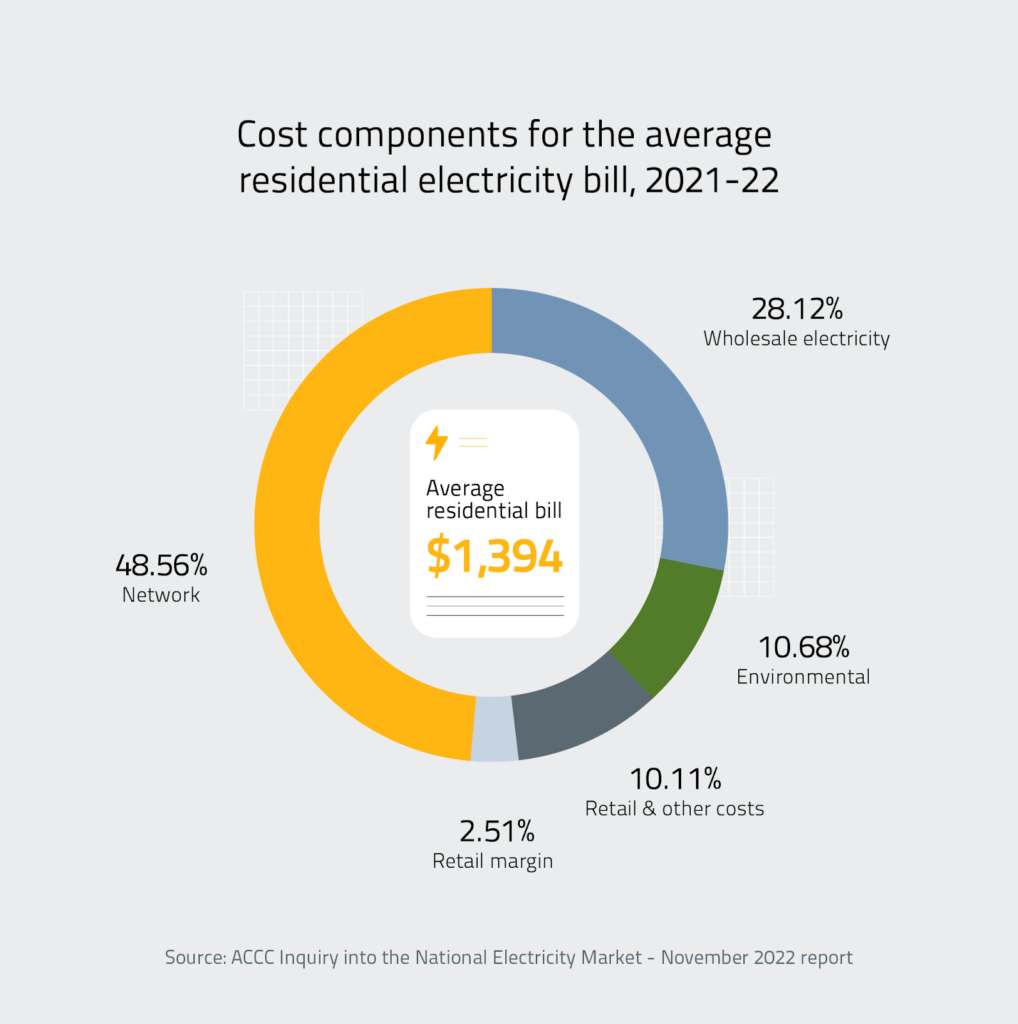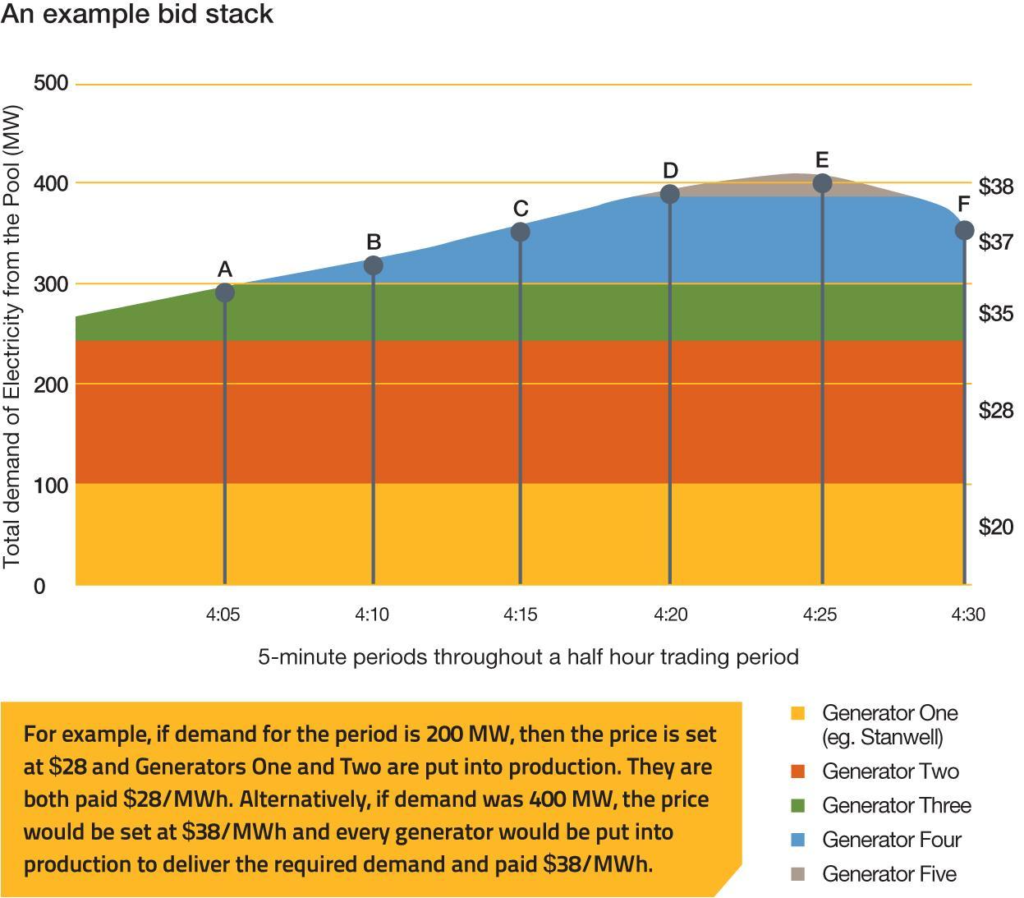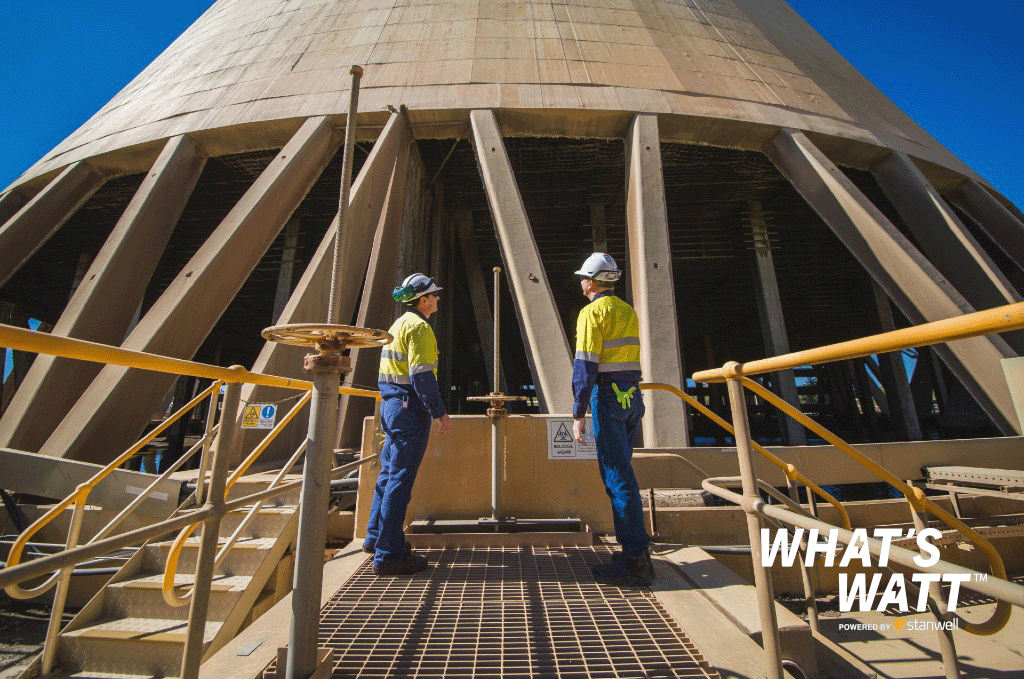Ever wondered how your energy provider sets the price of your power?
Like any business, energy companies pass their costs onto their customers – so it’s important for you to be aware of what these costs are.
Understanding your electricity bill is a good start. But there are four major costs to energy providers that are passed on to users that you won’t see listed on your electricity bill – wholesale costs, retail costs, network costs and government costs.

Wholesale costs
Most of us buy our goods from retail stores, which buy their goods from wholesalers. Well, energy works the same way – you buy your power from an energy retailer, which buys its power from wholesalers which generate electricity.
Most Australians get their power via the National Electricity Market (NEM). Operating on one of the world’s longest interconnected power systems, the NEM is a wholesale electricity market where electricity is sold by generators to the ‘pool’. Energy retailers buy electricity from the pool and on-sell it to consumers.
(In Western Australia, energy retailers buy their electricity from the Wholesale Electricity Market (WEM), but the principle is the same.)
The price of electricity on the NEM changes every five minutes – literally. Every five minutes, generators offer up how much electricity they are prepared to sell, and at what price. The Australian Energy Market Operator (AEMO) accepts these offers, starting from the lowest priced offer and working its way up until enough electricity supply has been secured to meet demand.
The price for all electricity sold in that five-minute interval is then set at the price of the highest offer accepted by the AEMO.

The market price is subject to both a floor and a cap price, which is adjusted annually in line with the consumer price index – but within that range, the wholesale cost of electricity is largely determined by supply and demand at any given moment.
So, for instance, electricity will become more expensive on hot days when we’re all running air conditioners, or when a disruption like a generator failure limits supply.
Throughout 2022, after years of relatively stable prices, wholesale costs increased sharply in line with a global spike in the price of coal and gas. (While renewables are on the rise, traditional generation assets powered by coal and gas continue to make up the majority of generation in the NEM.)
This was partly due to Russia’s invasion of Ukraine, but even before that, a global surge in demand for coal and gas as COVID-19 lockdowns ended around the world had already pushed coal prices to then-record highs.
In Australia, extreme weather and a series of unplanned outages across several power stations also contributed to a rise in wholesale prices.
These fluctuating wholesale costs are then factored into the prices set by your energy retailer, which are typically reviewed and updated at least once a year.
Wholesale costs usually represent about a third of customers’ electricity bills. In 2021-22, according to the Australian Competition and Consumer Commission (ACCC), wholesale electricity costs accounted for 28% of the average residential customer’s bill.
That’s why a rise in wholesale prices can have a major impact on the Default Market Offer (DMO) set by the Australian Energy Regulator (AER). The DMO is the price cap on standard default contracts that the regulator puts in place to protect consumers.
From 1 July 2022, the DMO rose in South East Queensland (up 11.3 per cent for residential customers and 12.8 per cent for business customers); New South Wales (up 8.5 to 14.1 per cent for residential customers and 10 to 19.7 per cent for businesses); and South Australia (up 7.2 per cent for residential customers and 5.7 per cent for businesses).
Network costs
It’s one thing to generate energy, and it’s another thing to get that energy to you. Power stations are normally located a long way from the places they’re powering, so network costs are the costs of transporting electricity to homes and businesses.
This includes not just the operation of utility poles and power lines, but the cost of building and maintaining them. Network infrastructure needs to be able to meet demand at its peak, which usually amounts to a period of less than 100 hours per year.
While it might seem unnecessary to build infrastructure with such a small period of time in mind, the alternative is that the network would simply not be able to cope with these usage spikes when they occur, and you would lose power when you need it most – like on a 40 degree day in the middle of summer.
Network costs are incurred by distributors, which pass them on to your energy retailer, which pass them on to you. Because different areas are serviced by different distributors, these costs can vary from one network to the next.
Network costs account for the largest part of consumers’ energy bills – 49 per cent for the average residential customer across the NEM in 2021-22.
Retail costs
When you think about your energy bill, you might not think about the time and expense your energy company puts into things like answering customer enquiries over the phone, managing customer accounts, or even sending out your bill in the first place – but these are all factors in the price of your power.
Retail costs are the costs your energy supplier incurs in providing retail and customer services, including expenditure on debt collection and hardship programs. In 2021-22, they accounted for 10 per cent of the average residential customer bill across the NEM.
Environmental costs
Federal and State Government environmental regulations can also add costs to your energy bill. Your energy retailer’s contributions to compulsory governmental environmental schemes are classified as environmental costs.
In 2021-22, these costs made up approximately 11 per cent of the average residential customer’s bill across the NEM.
Ultimately, an energy retailer is like any company – its goal is to recover its costs and make a reasonable margin of profit.
By understanding the costs involved in getting energy from a generator to your light socket, you’ll be starting from a more informed position next time you have a question about your bill.



